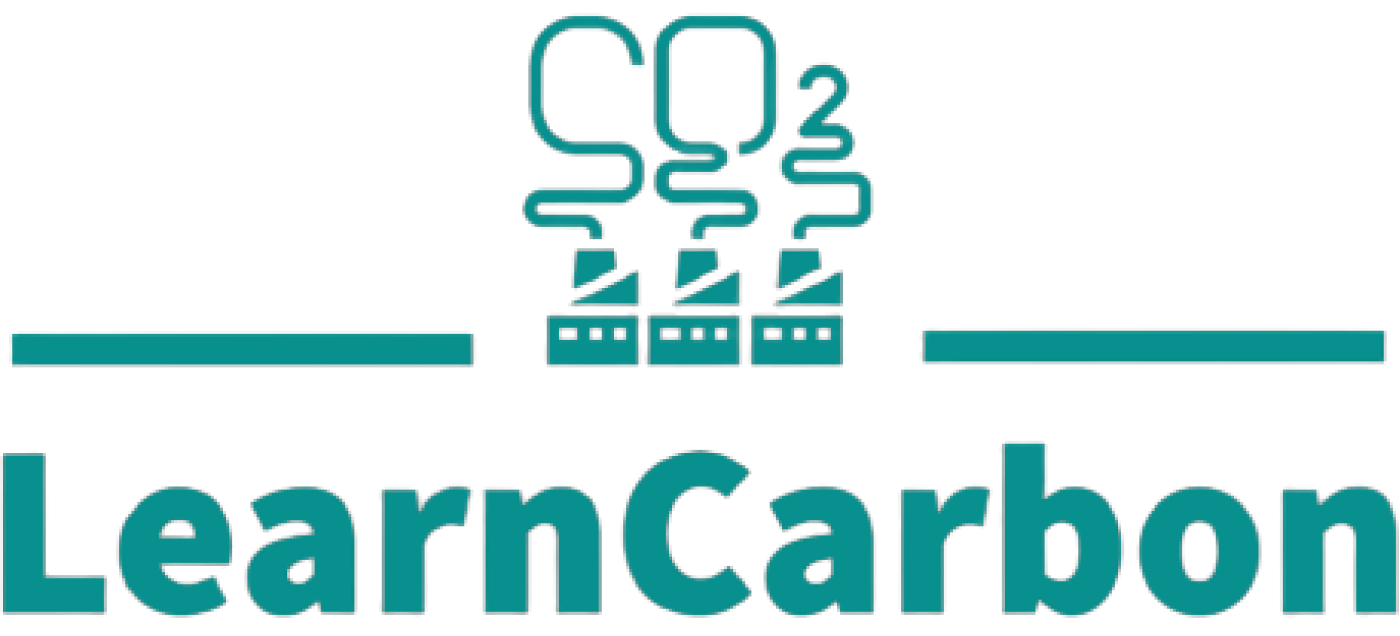


We are using the Embodied Carbon
Benchmark Study by Carbon Leadership Forum (LCA for Low Carbon Study, Part One, 2017) that includes
data on Research Database Building Characteristics and LCA Parameters. The LCA data includes stage A
and B for most datapoints. Detailed documentation on the study can be found here:
https://carbonleadershipforum.org/embodied-carbon-benchmark-study-1/
The limitations we faced were the lack of material type and quantities, mentioned as "Of note, while
the primary structural material type was collected in the confidential database, this information is
not included in the research database."
Therefore, we studied the basic principles that helped us assign structural category against each
data point. We identified four main types of structural types:
The basis of assigning structural types are as follows:
There are some embedded biases in the dataset. For example there are more samples for medium-size buildings with lower carbon footprint. Therefore the predictions will be better for this scale. However the input data are not very correlated so the models are able to learn and not overfit.
Scenario A includes a regression model which predicts the CO2 emissions based on the total area, number of floors, location, construction type and type of building. As we can see on the graphs, the model is able to learn this relationship reaching a mean squared error of 0.016.
Scenario B includes a classification model which predicts the class of the construction type of the building based on the target CO2 emissions, the building type, the total area, the number of floors and the location. As we can see on the graphs, the model is able to learn the relationship reaching accuracy of 94%.
We have linked a user-friendly Rhino plugin built with WPF in c# to a live flask server that calls a trained ML model to query the user parameters and display the desired information in the backend. Since this tool utilizes a flask server, we can host this on a cloud server to enable the possibility to scale the product. In addition, this tool can run entirely in the background where the user would only need to have a valid Rhino 7 license to empower their design decisions within the context of climate change and LEARN ABOUT CARBON!
